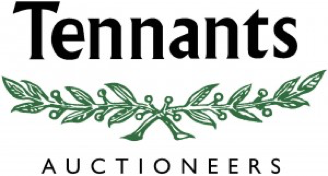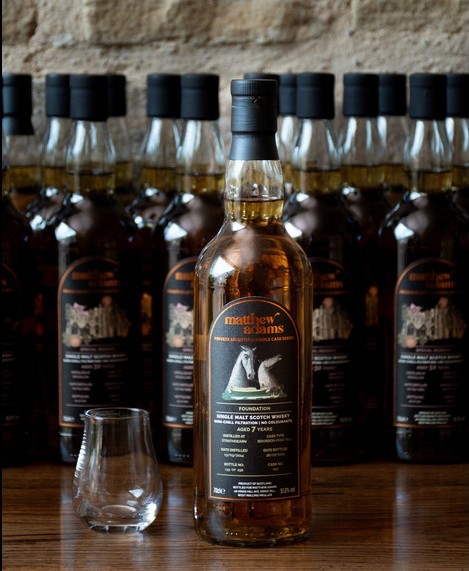Peridot (pronounced with a silent “t”) is one of the less well-known gemstones, but deserves wider recognition being relatively affordable and remarkably effective in jewellery. Particularly popular in the early 20th century, it is often found in jewellery from the Edwardian period.
Technically speaking peridot is a variety of olivine, which is called peridot when it is of gem quality. It has a green hue, which can change slightly depending upon the presence of iron. However, it is normally present in jewellery as a lime to yellowy-green coloured stone, which works equally as well set in yellow gold or white metals, in a more-muted fashion with seed pearls, or in luxury jewellery contrasted with brilliant diamonds. It is a vitreous gemstone in appearance and quite soft, so peridot is particularly well suited to earrings, brooches or necklaces, however, can be used in all types of jewellery.
Almost 4,000 years ago, peridot was first mined on St John’s, a rocky island in the Red Sea, but in more recent years it has been found in other locations. Whilst the origin of the name is in dispute, some believe that the name comes from the French ‘peritot’ (meaning ‘green gemstone’), others from the Arabic word ‘Faridat’ (meaning ‘gem’), and others propose that it derives from the Anglo-Norman ‘pedoretés’, a type of opal.
Ancient Egyptians considered peridot a gem of the sun and held it in great reverence, trusting it to ward off evil spirits and night-time threats. Other civilisations have thought it would bring energy and happiness to the wearer, with the further benefits of wealth and love. Centuries ago, apothecaries even used powdered peridot to treat insomnia, bleeding, improve memory and combat asthma. It is also known as the birthstone for August, but with the aforementioned benefits it was believed to offer, perhaps ownership should not be restricted to those that are August-born.

A Peridot and Split Pearl Bracelet – Estimate: £200-300 plus buyer’s premium
The Jewellery, Watches & Silver Sale on 13th September will contain several lots of peridot-set jewellery, including an unusual Peridot and Split Pearl Bracelet, which has a central panel comprised of an oval-cut peridot within leaf motifs set with seed pearls on a curb link bracelet that is stamped ‘15’ to indicate the gold fineness (estimate: £200-300 plus buyer’s premium).

An 18 Carat Gold Peridot and Split Pearl Ring – Estimate: £100-150 plus buyer’s premium
Interesting, too, is an elegant 18 Carat Gold Peridot and Split Pearl Ring, the emerald-cut peridot within a surround of seed pearls, forming a cluster, to forked shoulders with a delicate scrolling motif (estimate: £100-150 plus buyer’s premium).

A Pair of Peridot and Split Pearl Drop Earrings and a Peridot and Split Pearl Brooch – Estimate: £100-150 plus buyer’s premium)
To complement these lots is a Pair of Peridot and Split Pearl Drop Earrings featuring a round-cut peridot suspending a trefoil set with seed pearls and a pear-cut peridot terminal; with screw-on fittings these could be worn by anyone. The earrings are sold together with a Peridot and Split Pearl Brooch that has a round-cut peridot centrally, and seed pearl trefoils to either side to match the earrings (estimate: £100-150 plus buyer’s premium).

An Early 20th Century Peridot and Split Pearl Necklace – Estimate: £200-300 plus buyer’s premium
Finally, there is an Early 20th Century Peridot and Split Pearl Necklace, formed as a seed pearl-set bow surmounting a wreath of seed pearls and demantoid garnets, encircling a round-cut peridot at the centre. Adding interest is the fitted case the necklace is housed in, the inner silk marked for The Goldsmiths and Silversmiths Company Ltd. (estimate: £200-300 plus buyer’s premium).











